Archives
- 2025-12
- 2025-11
- 2025-10
- 2025-09
- 2025-03
- 2025-02
- 2025-01
- 2024-12
- 2024-11
- 2024-10
- 2024-09
- 2024-08
- 2024-07
- 2024-06
- 2024-05
- 2024-04
- 2024-03
- 2024-02
- 2024-01
- 2023-12
- 2023-11
- 2023-10
- 2023-09
- 2023-08
- 2023-07
- 2023-06
- 2023-05
- 2023-04
- 2023-03
- 2023-02
- 2023-01
- 2022-12
- 2022-11
- 2022-10
- 2022-09
- 2022-08
- 2022-07
- 2022-06
- 2022-05
- 2021-09
- 2021-08
- 2021-07
- 2021-06
- 2021-05
- 2021-04
- 2021-03
- 2021-02
- 2021-01
- 2020-12
- 2020-11
- 2020-10
- 2020-09
- 2020-08
- 2020-07
- 2020-06
- 2020-05
- 2020-04
- 2020-03
- 2020-02
- 2020-01
- 2019-12
- 2019-11
- 2019-10
- 2019-09
- 2019-08
- 2019-07
- 2019-06
- 2019-05
- 2019-04
- 2018-07
-
Madecassic acid mg In all available E E structures the RING
2019-11-19
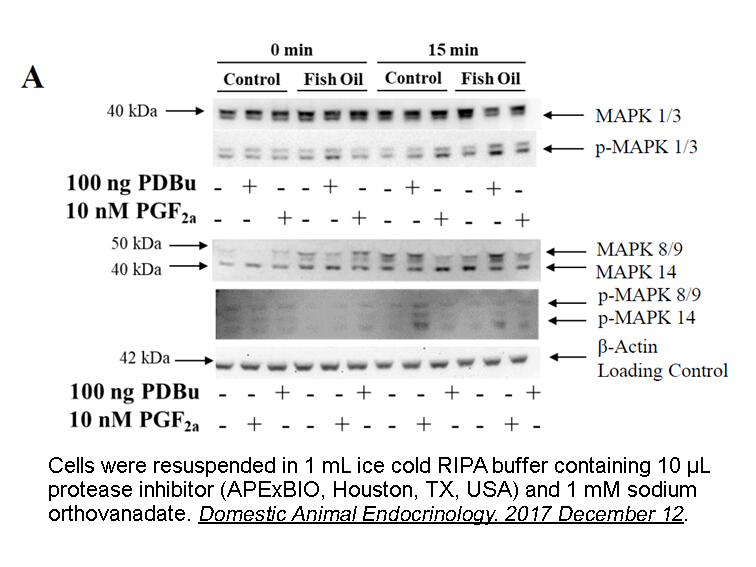
In all available E2:E3 structures, the RING-type domain binds the E2 on a surface that is remote from the active site Cys (and therefore from the ubiquitin thioester) (Fig. 2). The non-contiguous E3-binding and active sites on the E2 imply that the role played by a RING to facilitate ubiquitin trans
-
GLP signaling mediates important renal functions as
2019-11-19
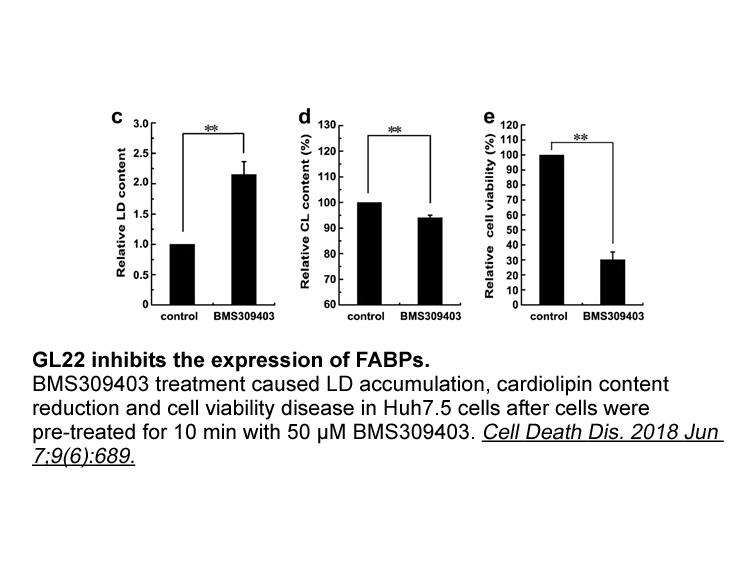
GLP-1 signaling mediates important renal functions [101], as suggested by the expression of both DPP-4 and GLP-1R in the kidney of several species, including humans [102]. However, controversial data exists on the specific expression pattern of these proteins, based on the specificity and sensitivit
-
Organometallic compounds exhibited remarkable potential
2019-11-19
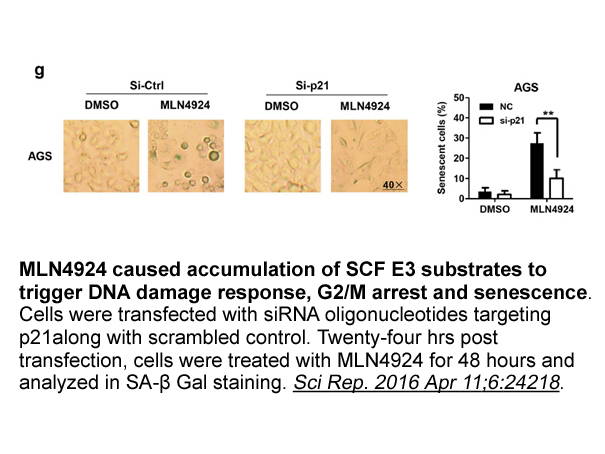
Organometallic compounds exhibited remarkable potential for the development of new cancer drugs not only due to the direct cytotoxicity but also to the drug targeting and active anticancer immune response ability [4]. Among the organometallic compounds, ferrocene is one of the most well-known compou
-
One of the most frequent gene alterations in
2019-11-19
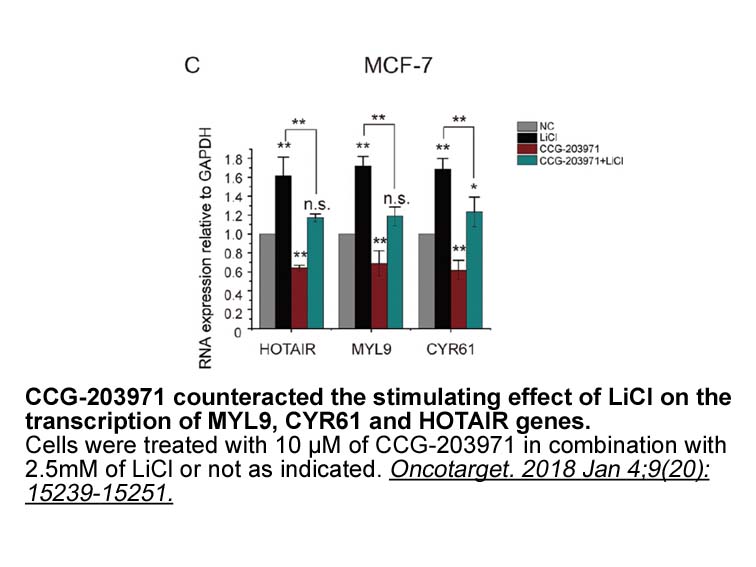
One of the most frequent gene alterations in MM is methylation of the p15 and p16 genes in the 5′ upstream region. P15 and p16 proteins are px express mg regulators involved in the inhibition of transition from G1 to S phase. Frequencies of p15 or p16 gene methylation up to 32% and 53%, respectivel
-
br Acknowledgements We thank Jeffrey D Konowalchuk and
2019-11-19
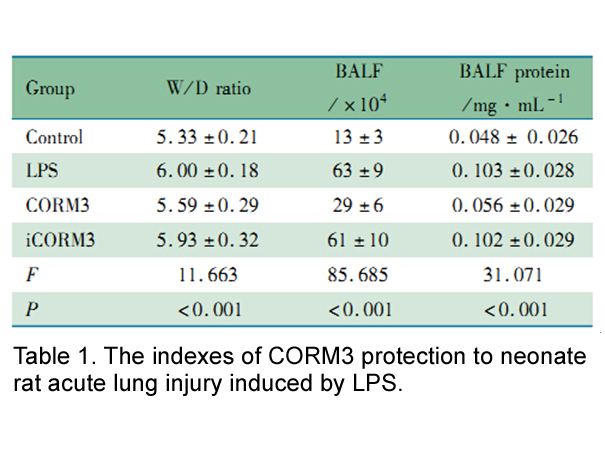
Acknowledgements We thank Jeffrey D. Konowalchuk and John Sony Robbins for their technical assistance. This work was supported by Natural Sciences and Engineering Research Council of Canada (NSERC) grants to DRB (RGPIN-2013-355303) and MB (RGPIN-2014-96395). AMR was supported by NSERC Vanier Doct
-
br Methods br Results and discussion
2019-11-19
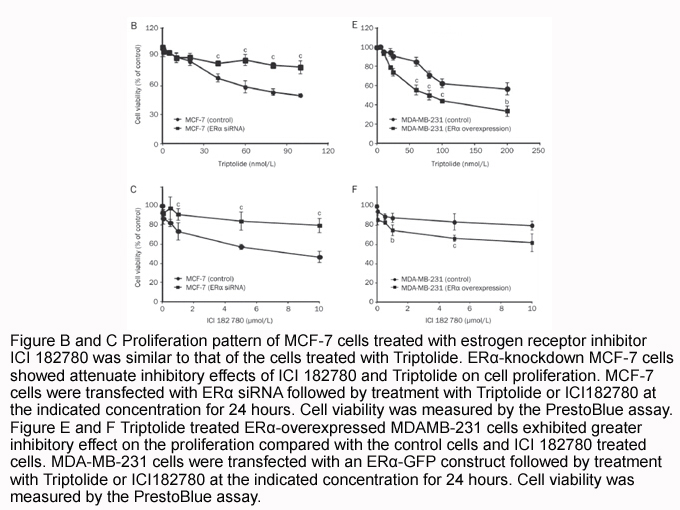
Methods Results and discussion Conclusions Conflict of interest Acknowledgment The research is supported by the National Natural Science Foundation of China (Grant No. U1603285). Overview of the MAPK pathway The mitogen-activated protein kinases (MAPK) pathway, often known as a ca
-
Constitutive activity of Ras Raf MEK
2019-11-19
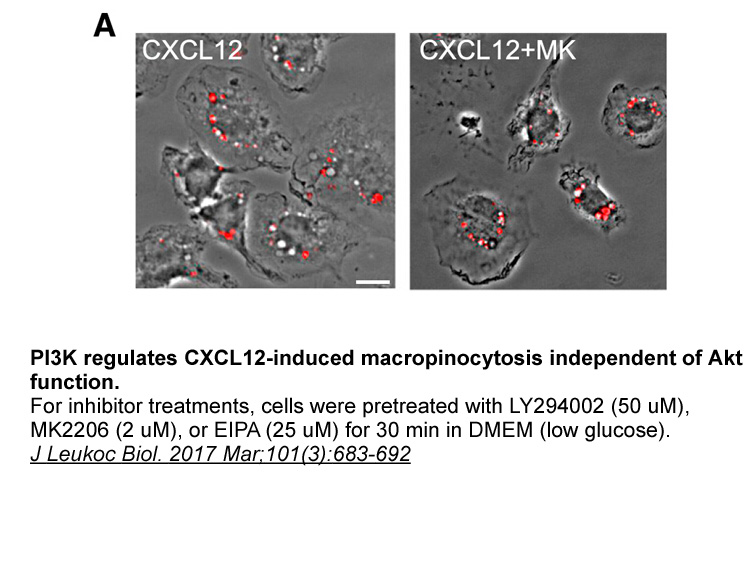
Constitutive activity of Ras/Raf/MEK/ERK pathway plays a critical role on melanoma growth, thus inhibition of activity of Ras, Raf and MEK can reduce ERK activity, leading to a decrease in melanoma cell proliferation, survival and invasion (Burotto et al., 2014; Paluncic et al., 2016). Our results a
-
As a support chitosan presents interesting characteristics
2019-11-19
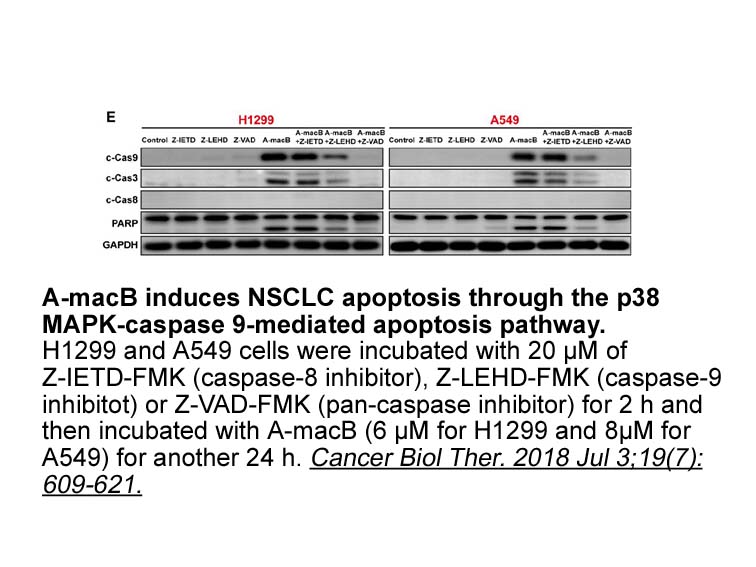
As a support, chitosan presents interesting characteristics that reinforce its great potential for enzyme immobilization [18,19]. Firstly, it is produced from renewable natural sources in addition to being biodegradable and water insoluble [20,21]. Also, the main peculiarity in the chitosan structur
-
Related with the studies by Zizza et al described
2019-11-19
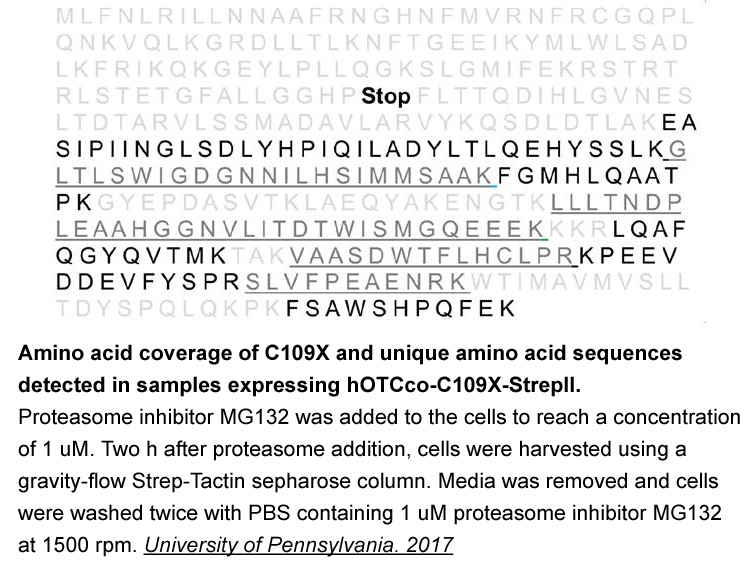
Related with the studies by Zizza et al. described above [66], work by Ward et al. [68] suggested that the C2 domain of cPLA2α, which binds to zwitterionic membranes with high affinity in a Ca2+-dependent manner, has a high membrane remodeling activity, producing dramatic changes in membrane curvatu
-
br Methods br Results br Discussion I R induces
2019-11-19
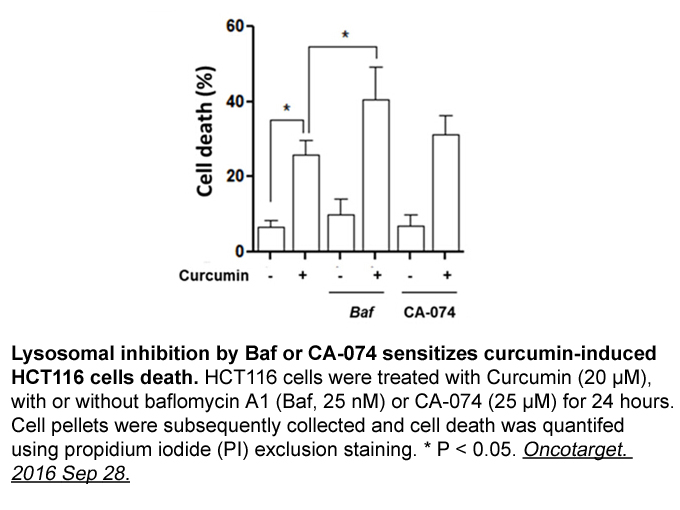
Methods Results Discussion I/R induces oxidative stress and increases the intracellular levels of ROS, resulting in tissue damage [31]. ROS is generated by mitochondrial electron transport chain, nicotinamide HS-173 dinucleotide phosphate (NADPH) oxidase complex, xanthine oxidase and NOS [
-
The Liver X Receptor and LXRs NR H and
2019-11-19
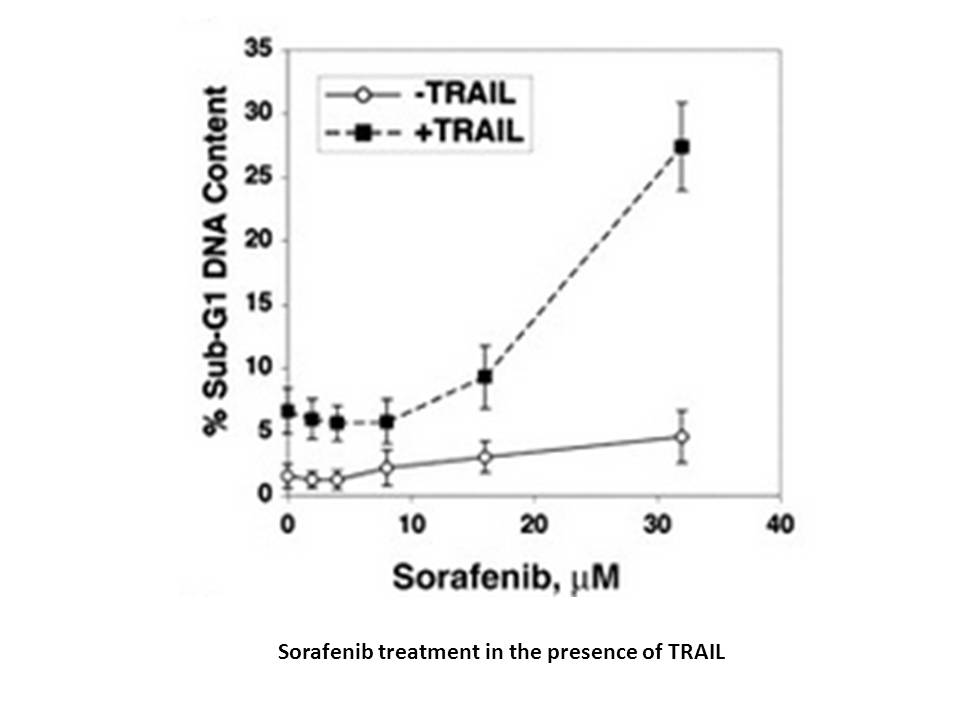
The Liver X Receptor-α and -β (LXRs, NR1H3 and NR1H2, respectively) are members of the nuclear receptor superfamily that play a central role in controlling cholesterol homeostasis [9], [10]. In macrophages, LXRs can decrease the cellular sterol burden by inducing expression of the cholesterol efflux
-
The idea that ASB can drive compartment expansion in the
2019-11-19
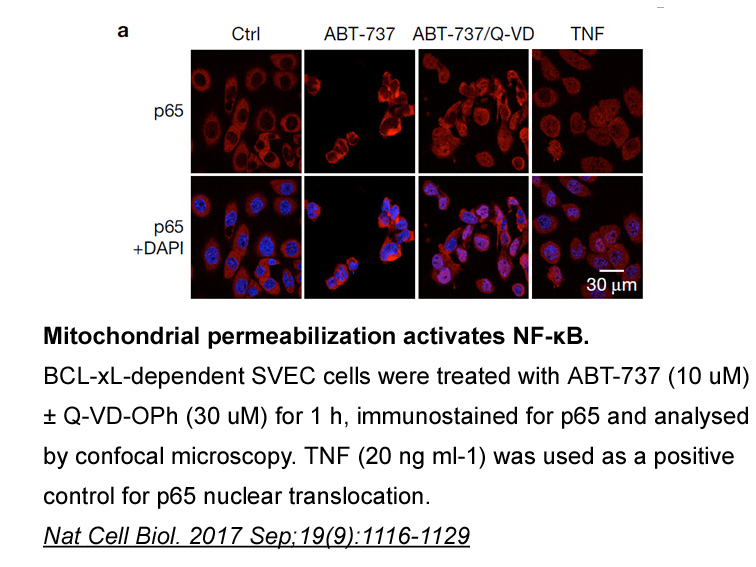
The idea that ASB11 can drive compartment expansion in the CNS is further supported by in vitro work in human neuronal precursors. Nerve growth factor (NGF)-induced differentiation of PC12 pheochromocytoma b ng [11] and RA-induced human pluripotent teratocarcinoma carcinoma (NT2) cells [12] constitu
-
We also found downregulation of TRIM in the hearts of
2019-11-19
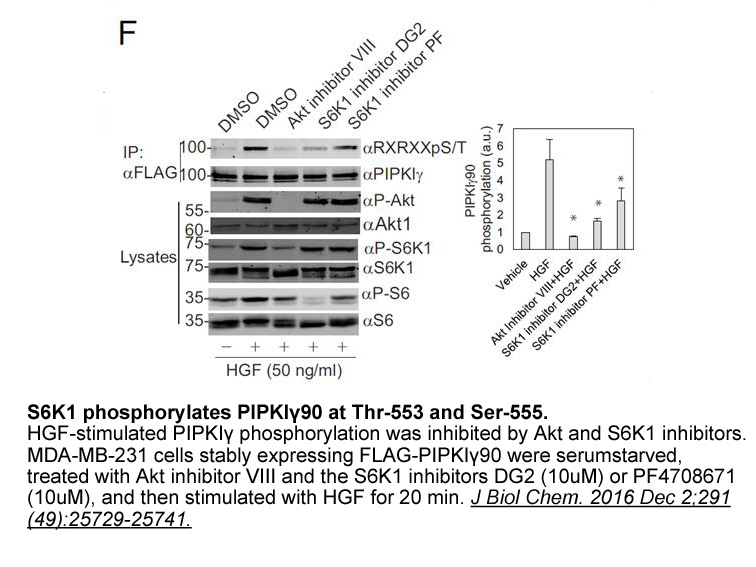
We also found downregulation of TRIM32 in the hearts of dilated and hypertrophic cardiomyopathy patients in addition to TAC and phenylephrine treated mice [51]. TRIM32 and Dysbindin are known to interact in skeletal muscle, and we could confirm this interaction in cardiomyocytes as well. In cardiomy
-
In the past few years we and others
2019-11-19
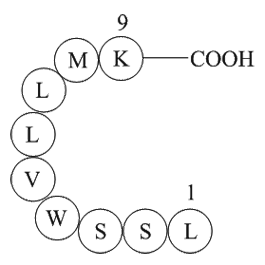
In the past few years we and others have reported that GLP-1 may also be secreted by sub-populations of alpha brucine receptor in human pancreatic islets (Marchetti et al., 2012, Ellingsgaard et al., 2011), which could contribute to beta cell function and survival (Marchetti et al., 2012, Ellingsgaa
-
br DNA end processing enzymes The
2019-11-19

DNA end processing enzymes The simplest DSB is one that consists of two blunt DNA ends as these termini can be re-joined without processing. However, DSBs induced by ionizing radiation and reactive oxygen species are notorious for producing DNA ends which are non-ligatable (“dirty ends”) and thus
13533 records 786/903 page Previous Next First page 上5页 786787788789790 下5页 Last page